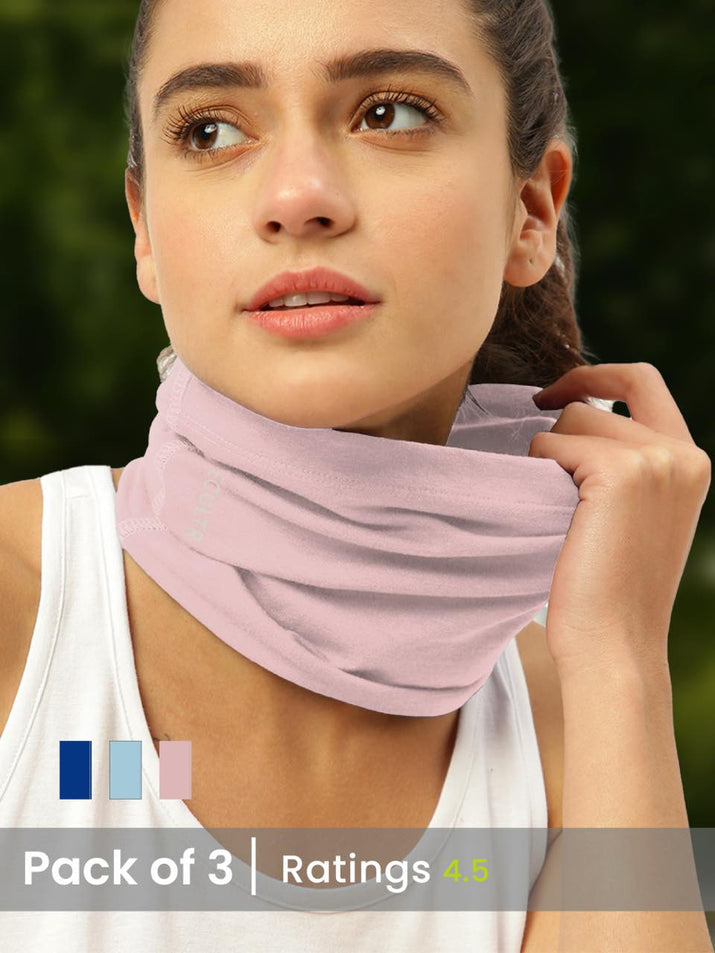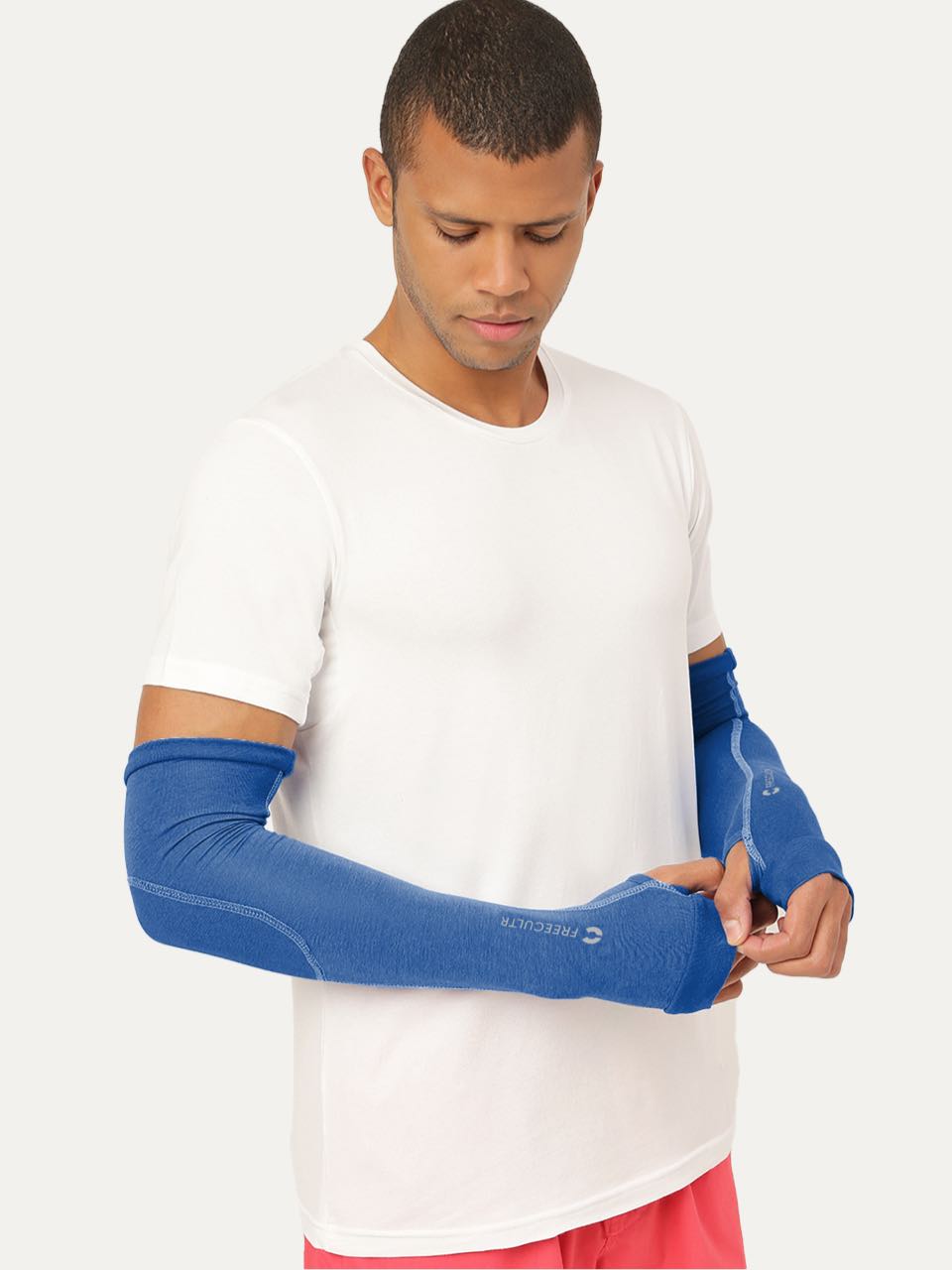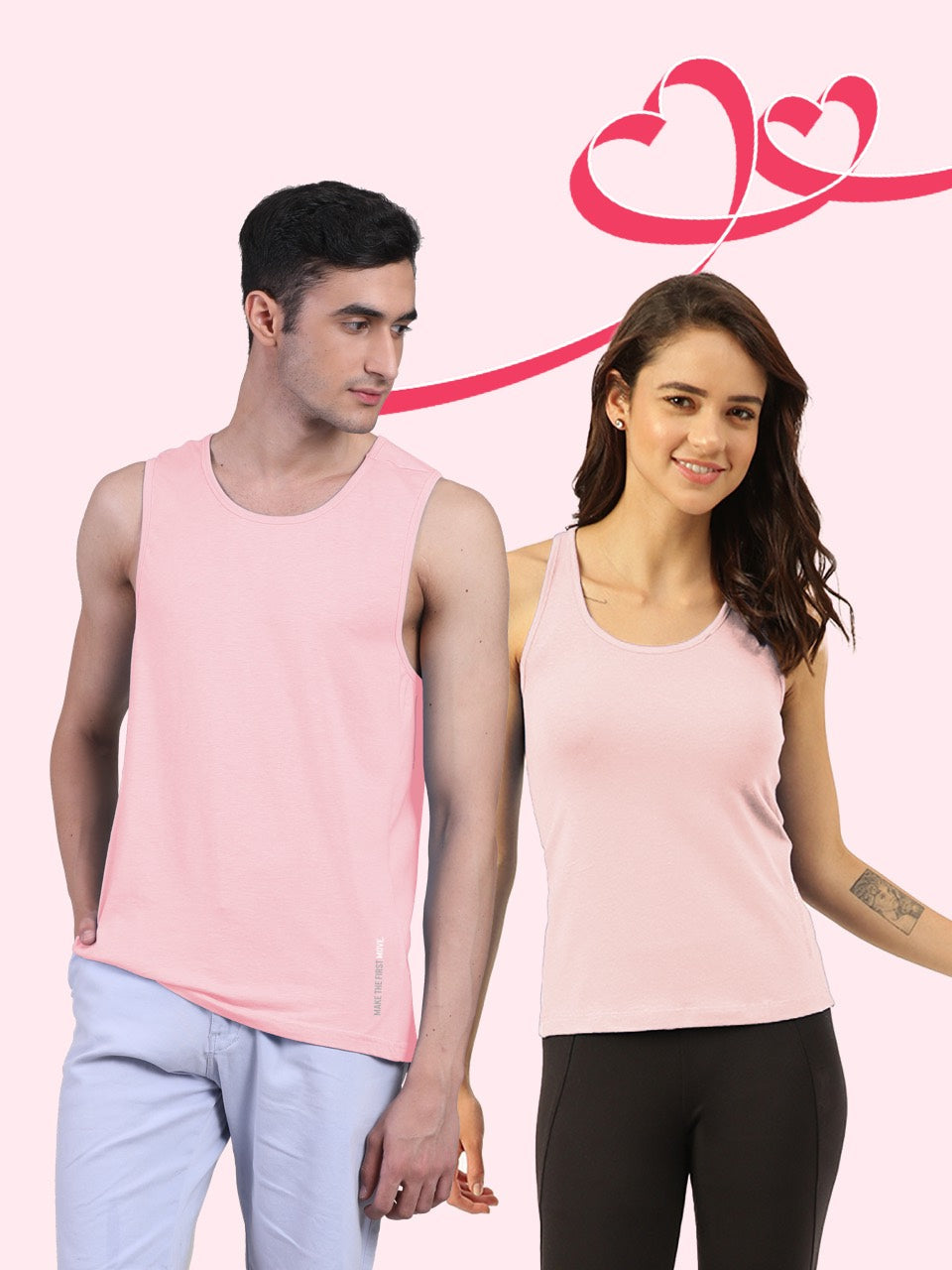The bandana, a seemingly simple square of fabric, transcends its humble origins, evolving from a mere utility item for cowboys and sailors into a ubiquitous fashion statement. Today, fashion-forward individuals integrate this dynamic accessory as a streetwear staple, a chic necktie à la Parisian style, or a practical hair tie, reflecting its pervasive presence across diverse aesthetics. Recent fabric innovations now offer moisture-wicking and UV-protective properties, expanding its functional appeal beyond traditional cotton. This unassuming textile demonstrates an unparalleled adaptability, cementing its role as a timeless emblem of both personal expression and practical comfort for everyday wear.

The Enduring Legacy: A Brief History of the Bandana
The humble bandana, a square piece of cloth, boasts a rich and diverse history that spans centuries and continents. Its origins can be traced back to ancient times, where similar pieces of fabric were used for head coverings and protection from the elements. The term "bandana" itself is believed to derive from the Hindi word "bandhnu," referring to a tie-dyeing method, highlighting its historical association with vibrant patterns.
From its early utilitarian roles, the bandana evolved into a symbol of various groups and movements. In the American West, cowboys adopted the bandana for its practicality, using it to shield faces from dust, wipe sweat. even as a makeshift bandage. During the Industrial Revolution, factory workers wore bandanas to keep hair out of machinery and absorb perspiration. Iconic figures like "Rosie the Riveter" popularized the polka-dot bandana as a symbol of female empowerment and contribution during World War II. This deep-rooted history underscores the bandana's remarkable adaptability and enduring appeal across different cultures and eras, making it far more than just a fashion accessory.
The Anatomy of Versatility: Materials and Design of the Bandana
At its core, a bandana's versatility stems from its simple yet effective design and the materials it's typically made from. The standard bandana is a square piece of fabric, most commonly measuring between 20x20 inches and 22x22 inches (approximately 50-56 cm per side). This specific dimension is crucial as it allows for a multitude of folding, tying. wrapping techniques, enabling its diverse applications.
The primary material for a traditional bandana is cotton. Cotton is favored for several reasons:
- Softness It feels gentle against the skin, contributing to everyday comfort.
- Breathability Cotton allows air to circulate, preventing overheating and making it ideal for warmer climates or physical activity.
- Absorbency It effectively wicks away sweat and moisture, a key feature for practical uses.
- Durability Cotton is robust and can withstand frequent washing and wear, ensuring the bandana's longevity.
While cotton remains the standard, modern bandanas may also be found in blends with polyester for added quick-drying properties or silk for a more luxurious feel. The classic paisley pattern, often associated with the bandana, originated in Persia and India, symbolizing life and eternity before becoming a staple design in Western textiles. Beyond paisley, bandanas feature an endless array of patterns, colors. prints, from solid hues to intricate graphics, allowing for personal expression and making each bandana unique.
Beyond Fashion: Practical Applications of the Bandana
While often seen as a style statement, the bandana's true strength lies in its myriad practical uses, making it an indispensable item for everyday situations, outdoor adventures. even emergencies. Its simple design belies a surprising functional depth.
- Headwear A bandana can serve as a headband to keep hair out of the face during sports or work, or as a full head covering for sun protection, especially useful for hikers or gardeners. It can also absorb sweat, keeping it from dripping into the eyes.
- Neck Protection Worn around the neck, a bandana offers protection from sun exposure, wind, or even cold by providing a thin layer of insulation. In dusty environments, it can be pulled over the nose and mouth as a makeshift dust mask.
- Wiping and Cleaning Its absorbent nature makes a bandana excellent for wiping sweat, cleaning glasses, or even serving as a quick napkin when needed.
- First Aid In a pinch, a clean bandana can be folded into a makeshift bandage to cover wounds, a sling for an injured arm, or a tourniquet (with caution and proper knowledge) in emergency situations. Its versatility in this regard is often highlighted in survivalist and outdoor circles.
- Tool and Carrier A bandana can be used to bundle small items, act as a pot holder for hot containers, or even as a makeshift filter for water (though not for purification, only straining larger particles).
- Signaling Brightly colored bandanas can be tied to branches or waved to signal for help in wilderness scenarios.
These real-world applications demonstrate how a bandana transcends its aesthetic appeal, serving as a multi-functional tool that can enhance comfort, safety. convenience in diverse settings. The ability of a single bandana to perform so many tasks is a testament to its practical design and enduring utility.
Styling Your Bandana: A Guide to Versatile Looks
The bandana is a chameleon in the world of fashion, effortlessly adapting to various styles and personal expressions. Its versatility in styling is perhaps its most celebrated characteristic, allowing individuals to transform their look with a simple fold and tie. Here are some popular and actionable ways to integrate a bandana into your wardrobe:
- Classic Neck Scarf Fold the bandana into a triangle, then roll or fold it into a band. Tie it loosely around your neck for a casual, Parisian-chic look. This works well with t-shirts, button-downs, or even over a simple dress.
- Headband/Hair Tie For a practical yet stylish approach, fold the bandana into a narrow strip and tie it around your head as a headband. This keeps hair out of your face and adds a pop of color. Alternatively, use it as a unique hair tie for ponytails or buns.
- Wrist Accessory Fold the bandana into a thin band and tie it around your wrist. This adds a subtle touch of color and texture to an outfit, similar to a bracelet.
- Bag Embellishment Tie a bandana around the handle of your handbag or backpack. This instantly personalizes your bag and adds a fashionable accent.
- Belt Alternative For a bohemian touch, thread a bandana through your belt loops. This works particularly well with jeans or casual trousers, offering a relaxed and unique belt option.
- Ankle Accent For an unexpected detail, tie a smaller bandana around your ankle, peeking out from above your shoe. This is a subtle yet stylish way to incorporate the accessory.
The key to styling a bandana is experimentation. Don't be afraid to try different folds, knots. placements. The accessibility of the bandana makes it an excellent tool for enhancing personal style without significant investment, offering endless possibilities for creative self-expression.
Caring for Your Bandana: Ensuring Longevity and Hygiene
To maintain the vibrant colors, soft texture. hygienic quality of your bandana, proper care is essential. Given its frequent use for practical purposes—from wiping sweat to covering the face—regular cleaning ensures it remains fresh and ready for its next application. The good news is that caring for most bandanas, especially those made of cotton, is remarkably straightforward.
Follow these guidelines to ensure your bandana remains a reliable and stylish accessory for years to come:
- Washing Most cotton bandanas can be machine washed with like colors in cold or warm water. Using a gentle cycle is recommended to preserve the fabric and print. For bandanas with delicate dyes or intricate patterns, hand washing in cool water with a mild detergent can help prevent fading and damage.
- Detergent Use a standard laundry detergent. Avoid harsh bleaches, which can degrade the fabric and fade colors, especially on printed bandanas.
- Drying Air drying is the gentlest method for your bandana. Lay it flat or hang it to dry to prevent shrinking and maintain its shape. If using a dryer, opt for a low heat setting. High heat can cause cotton to shrink and may damage prints.
- Ironing If your bandana becomes wrinkled, it can be ironed on a medium heat setting. Ironing can also help restore its crispness, which is beneficial for certain styling techniques.
- Storage Store your bandana clean and folded to prevent wrinkles and keep it ready for use. Keeping it in a drawer or hung up will protect it from dust and dirt.
By adhering to these simple care instructions, you can ensure that your bandana remains a versatile, comfortable. hygienic companion for all your styling and practical needs.
Conclusion
As we've explored, the humble bandana transcends a simple piece of fabric, emerging as a truly versatile cornerstone for both style and comfort. It's not merely a retro accessory but a dynamic element in today's fashion landscape, seamlessly blending into everything from minimalist aesthetics to vibrant streetwear. My personal tip? Keep one handy in your bag; I've found it invaluable for taming unruly hair on a windy day or adding an instant pop of color to an otherwise plain outfit, echoing current trends of accessible, personalized styling. So, don't underestimate its power. Embrace the bandana as your next go-to accessory, experimenting with its myriad uses. Let it be the subtle statement that elevates your everyday look or the practical companion that simplifies your adventures. Discover how this small square can unlock a world of creative expression and effortless utility for you.More Articles
Tees – Effortless Style & Soft Fabric FeelWomen's Tank Top – Breathable Design & Versatile Layering
Inner Wear – All-Day Comfort & Essential Support
Trunks for Men – Quick Dry Fabric & Freedom of Movement
FAQs
What makes bandanas so popular?
Bandanas are incredibly popular because they're super versatile and comfortable. You can wear them in so many ways – on your head, around your neck, as a wristband – and they add a touch of effortless style to any outfit. Plus, they're lightweight and soft, making them great for all-day wear.
Are bandanas actually comfortable to wear for a long time?
Absolutely! Most bandanas are made from soft, breathable fabrics like cotton, which makes them really comfortable against your skin. They're lightweight and don't feel restrictive, so you can easily wear them throughout the day without discomfort, whether you're working out or just chilling.
How can I style a bandana beyond just tying it on my head?
There are tons of ways! You can tie it around your neck as a chic scarf, loop it through your belt loops as a cool accessory, wrap it around your wrist, or even use it to add a pop of color to your handbag. Some people also use them as makeshift face coverings or hair ties.
What materials are best for bandanas if I want both comfort and durability?
Cotton is hands-down the most common and popular choice for bandanas because it's soft, breathable, absorbent. durable. You might also find blends with polyester for added strength or a silkier feel. 100% cotton is usually the go-to for that classic comfort and long-lasting quality.
Can bandanas really be used for practical purposes, not just fashion?
Definitely! Beyond fashion, bandanas are incredibly practical. They can absorb sweat during workouts, protect your neck or scalp from the sun, keep hair out of your face, or even act as a makeshift dust mask in a pinch. They're a handy item to have for outdoor activities or just everyday utility.
Are bandanas easy to clean and care for?
Yes, usually very easy! Most cotton bandanas can be tossed right into your washing machine with similar colors. It's generally recommended to use cold water to prevent shrinking and fading. then either tumble dry on low or air dry to keep them looking good for longer.
What's the deal with different bandana sizes? Does it matter?
While most classic bandanas are roughly 22x22 inches, you can find slight variations. The size mostly matters for how you plan to wear it. A standard size is great for headbands, neckerchiefs. wrist ties, while slightly larger ones might be better if you want more coverage or more elaborate tying styles. Smaller ones are cute for pets or as pocket squares.






